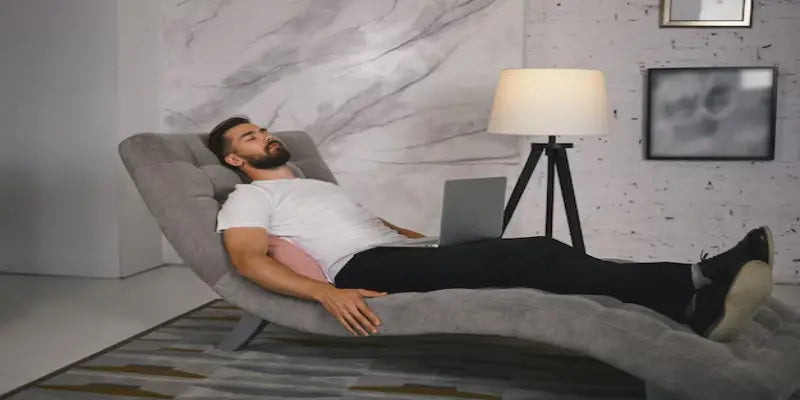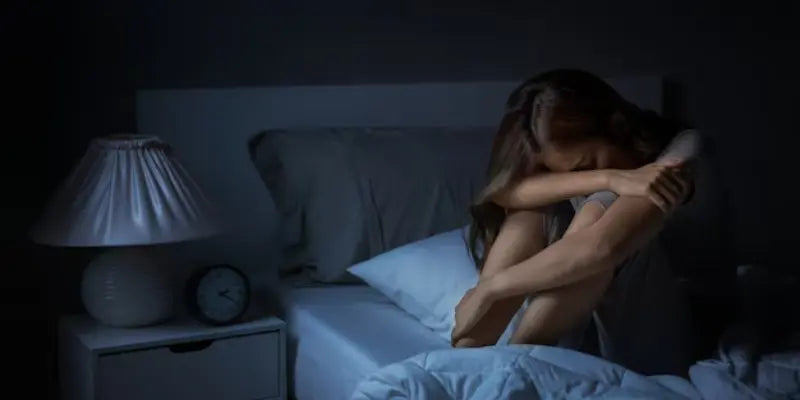
Things to Know About Daylight Saving Time
Daylight Saving Time (DST) is the annual practice of adjusting clocks forward for one hour. This is done between the months of March –November. The period from November to March of the following year is called Standard Time.
Several states adhere to the guidelines of DST, however, some states do not. This triggers confusion since most people fail to readjust the daylight savings time clock. Errors and delays occur when the updates are missed.
Since 1966, a big part of the United States has officially followed the rules of daylight saving. Following the Daylight Saving 2025 rules changes daylight into evening hours, saving ample energy.
What is Daylight Savings Time?
In simple words, daylight savings time (DST) shifting of the clock forward by one hour in summer is defined as Daylight Saving Time. In autumn, it changes them back.
Due to this shift, darkness during operational hours is minimized significantly. Natural daylight is used more during DST. In some regions, DST is often tagged as Spring Forward, or Fall Backward.
Note: Daylight saving 2025 is not relevant for India. This is because nations close to the Equator have steady daylight hours.
How is Daylight Savings Time Impacting the body?
Circadian Rhythm maintains the natural sleep-wake cycle with light and darkness. Daylight savings time clock disrupts the Circadian Rhythm patterns. As a result, sleep quality declines, and symptoms of Insomnia elevate during spring shifts.
Sleep experts recommend using a humidifier for rooms to get deep sleep and relaxation during time shifts.
Note: Changing the daylight savings time clock by one hour might seem a minimal change, however, in the long run the impacts are substantial. The transition in the month of March triggers health risks like increased heart disorders and frequent mood swings.
In addition to it, vehicle collisions also surge significantly.
How Does Daylight Saving Time Impact Sleep Quality?
Circadian rhythms implement a 24-hour cycle. These rhythms direct your mood, sleep, and appetite and are regulated by light exposure.
DST modifies light exposure. This change in pattern impacts the sleep-wake cycle adversely. It alleviates morning alertness and prolongs nighttime drowsiness. On account of this transition, the natural sleep pattern is hindered significantly.
What is the Impact of Circadian Misalignment due to Daylight Saving Time?
Sleep loss is the often end result of Circadian misalignment. As a result, sleep debt accumulates due to consistent loss of sleep for days or weeks.
As per sleep experts, the spring clock change triggers maximum sleep deprivation. However, people experience a 40-minute sleep reduction on the following Monday after Spring Forward. Not to mention, sleep loss increases the risk of suicide and mood swings during clock adjustments.
Furthermore, both clock changes increase the risks of traffic mishaps due to sleep deprivation. Daylight Saving 2025 helps in minimizing traffic accidents significantly. This is because a large population drives home during daylight.
How Sleep is impacted when DST ends?
In November, the significant sleep interruptions are quite less. People usually get one hour of deep rest due to the “fall back” shift. However, some individuals find it challenging to adapt to the sudden clock change.
Even though some individuals adapt to the clock change in a few weeks or days, some never completely adjust to it. The circadian misalignment turns chronic for such individuals. This irregularity takes a dig at your sleep quality and increases the likelihood of obesity, heart disorders, and psychological distress.
Note: Individuals who compromise on sleep are likely to experience adverse health implications for a prolonged duration.
Should we Follow or Reject the Daylight Savings Time Clock?
As per sleep experts and sleep specialists, daylight savings time clock should be discontinued and one year-round time should be implemented. This is because standard time coordinates better with circadian rhythms. Not to mention, it boosts public safety and health.
However, advocates of daylight saving 2025 outline additional benefits like:
- Energy conservation
- Fewer car collisions
- Rise in business productivity and post-work engagement.
- Reduced crime rates amid DST
DST Sleep Tips to Minimize Sleep Problems
Use the following tips to minimize sleep issues amid clock changes:
Implement a Regular Sleep Schedule
Daily sleep and wake up at a designated time. This will empower the biological clock of your body and condition you for time shifts. Nevertheless, consistent routines boost sleep quality.
No Alcohol Before Sleep
Sleep quality gets severely disrupted due to alcohol consumption. It interferes with deep sleep stages and augments nocturnal awakenings. Hence, it is highly recommended not to drink 3 hours prior to sleep.
Adjust Bedtime Slowly
Emerge from sleep 15–20 minutes prior to the scheduled time from two to three days before DST begins. Changing sleep time gradually prevents sudden sleep disorientation and minimizes fatigue after the shift. As a result, your body adapts naturally.
Take Brief Sleep Sessions Only
Confine naps to no more than 20 minutes. Short naps shoot up energy levels in the body, while extended naps hinder nighttime sleep. Ensure not to nap a few hours before bedtime.
Increase Sunlight Intake
The body clock resets after getting adequate morning sunlight. It boosts awareness and matches your sleep with the new time. Try to get 30 minutes of sunlight post-walking.
Do not drink Caffeine
In the afternoon, drinking caffeine disturbs sleep and delays it. It minimizes sleep quality and the sleep period. Avoid drinking caffeine 6 hours prior to bed.
Also Read:- How Many Hours of Sleep is Required for Children and Adults?
Why is using DST is best for sleepers?
DST has been the topic of discussion for decades. Here are the key arguments promoting DST:
Energy Conservation
DST minimizes evening lighting requirements. It reduces electricity usage by cutting down morning heating requirements. As a result, household utility bills are significantly reduced.
Economic Advantages
Outdoor shopping increases significantly due to extended daylight. It amplifies tourism, retail, and recreation. Furthermore, DST supports local businesses and generates multiple opportunities for evening commerce.
Road Security
Evening rush hours get light and drive safely due to DST. DST enhances the visibility of the driver, minimizing traffic collisions. Hence, no crash and no expense for emergency response.
Reduction in Crime
Additional daylight minimizes evening crimes. It enhances visibility in public locations and prevents assault or theft. Walking outside is safe and convenient.
Improved Mental Condition
A better mood in the morning requires more daylight. It aids in minimizing occasional depression. It fosters outdoor activity and exposure to light to regulate sleep levels and hormones.
Environmental Advantages
Less lighting requirement means less carbon emission. This benefits the environmental objectives and minimizes the ecological impact.
Alignment of Activities
Everyday tasks can be aligned with DST for efficient time consumption. DST aligns work or school activities with sunlight hours and boosts productivity and attentiveness.
Final Words
DST is still considered a topic of debate across the world. However, the list of benefits for the economy, energy, and public security cannot be denied. At present, more than 70 countries practice DST which impacts not millions, but billions.







